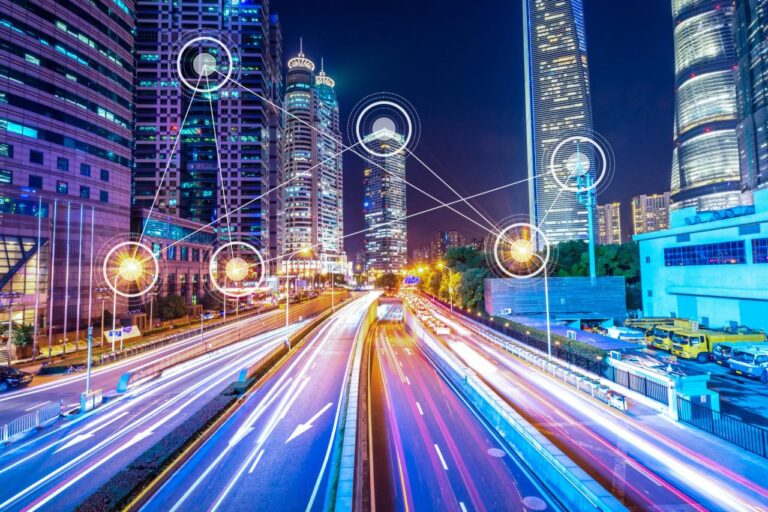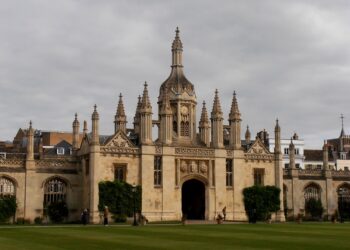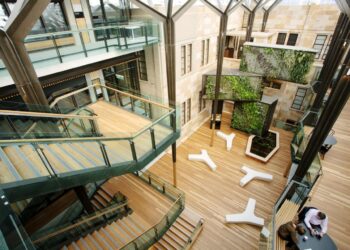Smart city planning represents a revolutionary approach to urban development, leveraging technology, data, and innovative design to create more efficient, sustainable, livable, and responsive urban environments. Far from being a futuristic fantasy, it’s a rapidly evolving discipline that seeks to address the complex challenges posed by rapid urbanization, climate change, and growing resource demands. This comprehensive article delves into the profound shifts and innovations defining the future of urban centers, exploring the driving forces behind smart city evolution, highlighting groundbreaking concepts, and forecasting upcoming trajectories. Understanding these innovations isn’t merely about adopting new gadgets; it’s about discerning the critical elements that lead to improved quality of life, economic prosperity, and environmental resilience. From intelligent transportation networks to adaptive public spaces, the impact of forward-thinking smart city planning is poised to reshape how billions live, work, and interact.
Historically, cities have always been centers of innovation, evolving from ancient trade hubs to industrial powerhouses. The 20th century saw the rise of modern urban planning, focused on zoning, infrastructure, and standardized development. However, the 21st century has introduced an unprecedented confluence of disruptive forces: climate change’s urgency, the digital revolution’s pervasive connectivity, and an imperative for more equitable and resilient societies. These factors are propelling urban planners, technologists, and policymakers into a pivotal role. They are no longer just land managers; they are system integrators, data strategists, community facilitators, and sustainability champions, crafting solutions that address multifaceted challenges and cater to an increasingly diverse and dynamic global population. This continuous pursuit of efficiency, equity, and environmental harmony is the driving force behind the fascinating breakthroughs we are witnessing today.
Driving Forces Behind Smart City Evolution
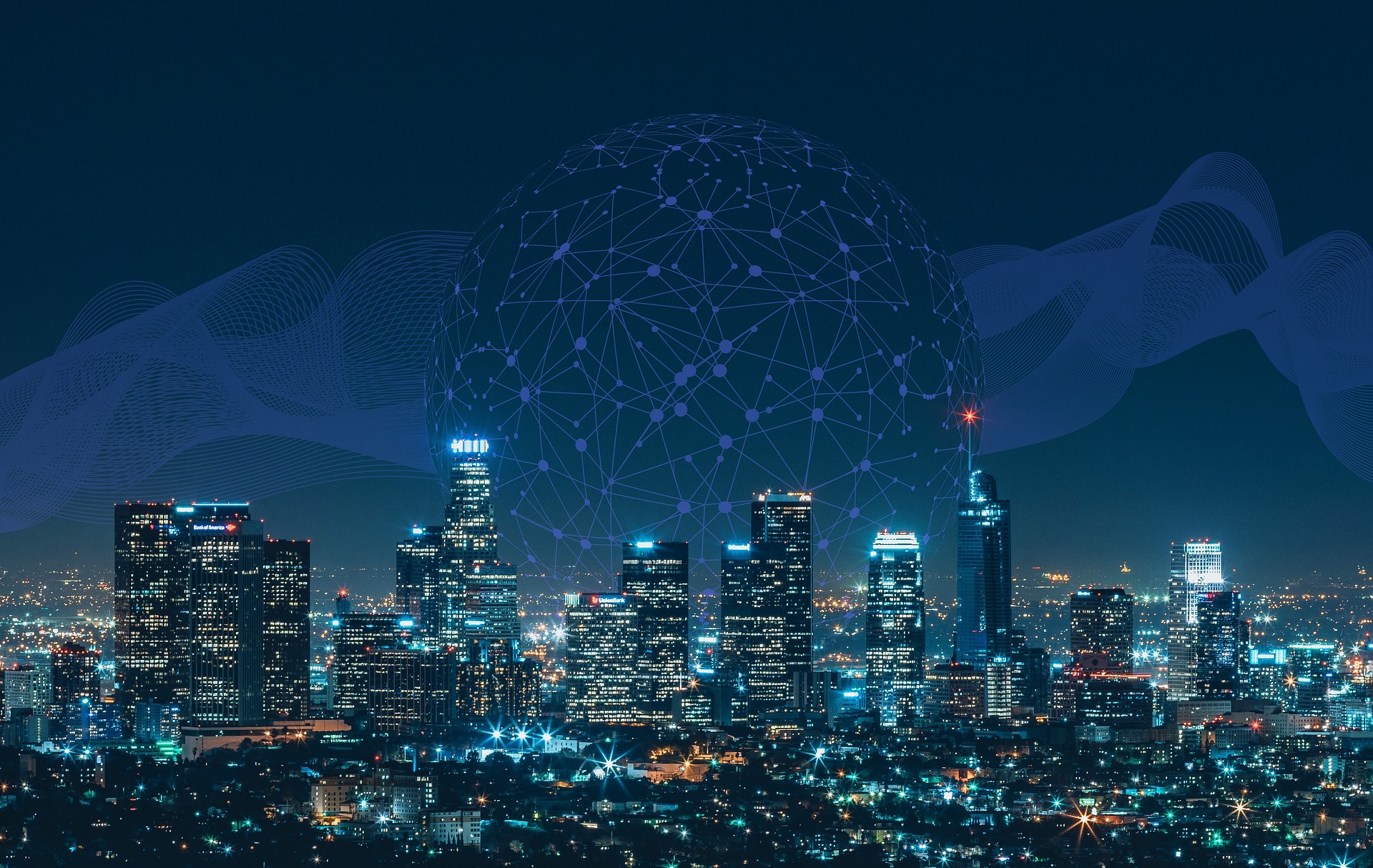
Several powerful currents are converging to redefine the purpose and practice of urban development, pushing it toward increasingly intelligent, sustainable, and citizen-centric solutions.
A. Rapid Urbanization and Population Growth:
* Resource Strain: The dramatic influx of people into urban areas puts immense pressure on existing infrastructure, housing, and natural resources like water and energy. Smart solutions aim to optimize resource use.
* Congestion and Pollution: Increased population density exacerbates traffic congestion, air pollution, and waste generation. Smart planning seeks to mitigate these negative externalities through intelligent systems.
* Informal Settlements: In many developing regions, rapid urbanization leads to the growth of informal settlements, necessitating inclusive planning that provides basic services and improves living conditions.
* Demand for Services: A larger urban populace demands efficient public services, healthcare, education, and public safety, which smart technologies can help deliver more effectively.
B. Climate Change and Environmental Imperatives:
* Carbon Emission Reduction: Cities are major contributors to global carbon emissions. Smart planning focuses on decarbonizing energy systems, promoting sustainable transport, and enhancing green infrastructure to absorb carbon.
* Climate Resilience: The increasing frequency and intensity of extreme weather events (floods, heatwaves, storms) demand resilient infrastructure and adaptive planning strategies that protect lives and assets.
* Resource Scarcity: Water scarcity and energy insecurity drive the need for highly efficient resource management, including smart grids, intelligent water systems, and waste-to-energy solutions.
* Biodiversity Loss: Urban expansion often encroaches on natural habitats. Smart city planning integrates green corridors, urban agriculture, and biodiversity-enhancing landscapes.
C. Technological Advancements and Digitalization:
* Internet of Things (IoT): The pervasive deployment of sensors, cameras, and connected devices across urban environments enables real-time data collection on everything from traffic flow and air quality to waste levels and energy consumption.
* Big Data and Analytics: The ability to collect, process, and analyze massive datasets from IoT devices provides actionable insights for urban planners, policymakers, and service providers.
* Artificial Intelligence (AI) and Machine Learning (ML): AI algorithms can analyze complex urban data to predict traffic jams, optimize public transport routes, manage energy grids, detect infrastructure faults, and personalize services.
* 5G Connectivity: The rollout of high-speed, low-latency 5G networks is crucial for enabling real-time data transfer, supporting autonomous vehicles, and powering complex IoT ecosystems.
* Digital Twins: Virtual replicas of physical cities or infrastructure, continuously updated with real-time data, allowing planners to simulate scenarios, test interventions, and optimize performance before physical implementation.
D. Shifting Social Expectations and Governance Models:
* Citizen Participation: Growing demand for more transparent governance, citizen engagement in decision-making, and participatory planning processes, often facilitated by digital platforms.
* Quality of Life: Citizens increasingly prioritize factors like access to green spaces, efficient public services, cultural amenities, safety, and a sense of community, driving design towards human-centricity.
* Inclusive Cities: The imperative to design cities that are accessible, equitable, and beneficial to all residents, regardless of age, ability, income, or background, addressing social inequalities.
* Open Data Initiatives: Governments are increasingly making urban data publicly accessible, fostering innovation by developers and empowering citizens with information.
Transformative Smart City Concepts and Innovations
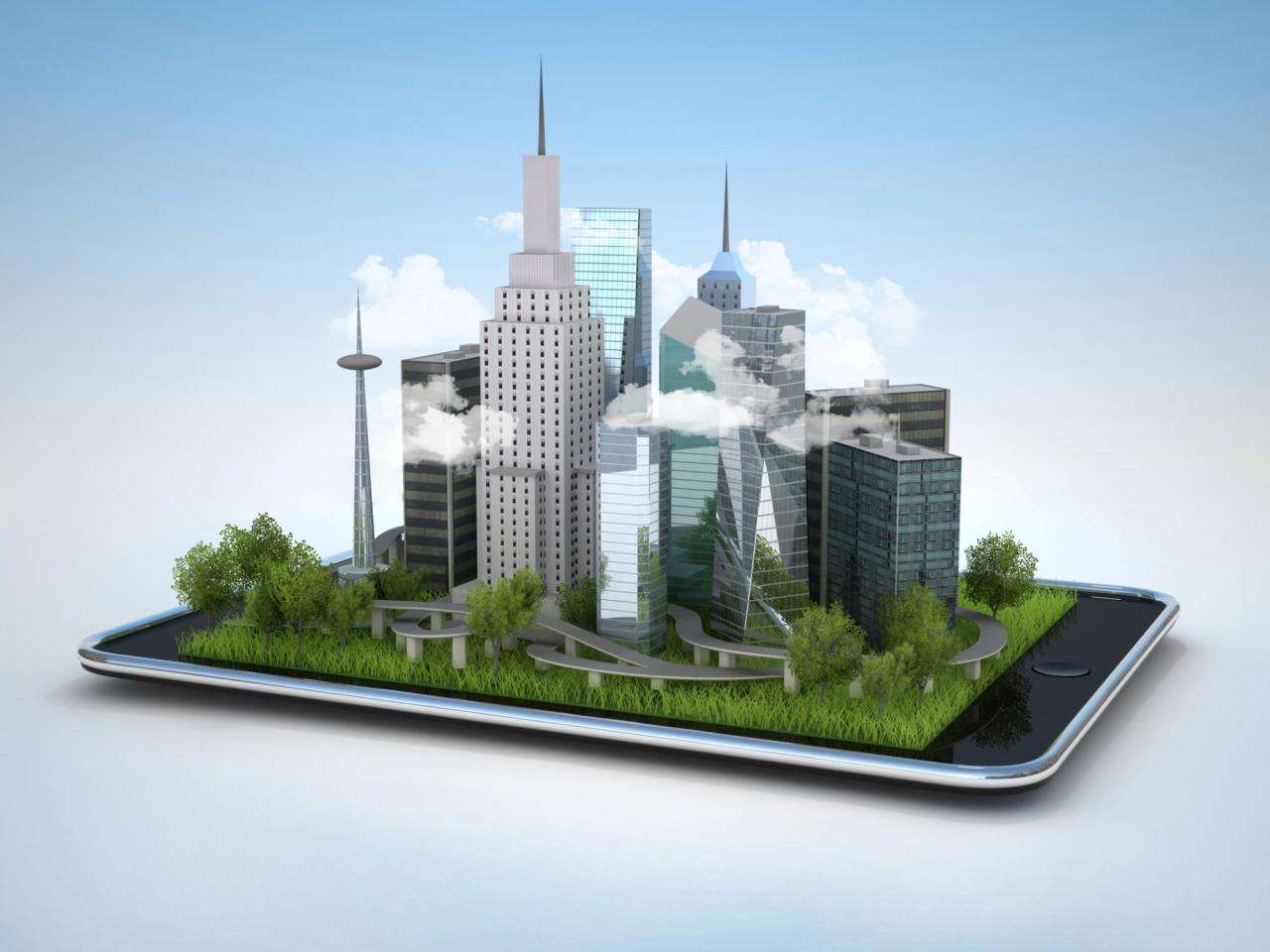
The following concepts represent the cutting edge of smart city planning, moving beyond traditional urban development to offer integrated, data-driven, and highly responsive solutions.
A. Intelligent Mobility and Transportation Systems:
* Autonomous Vehicles (AVs) and Shuttles: Integration of self-driving cars and public transit shuttles to reduce congestion, improve safety, and optimize traffic flow. This also influences urban planning for pick-up/drop-off zones and charging infrastructure.
* Smart Traffic Management: AI-powered systems that analyze real-time traffic data from sensors and cameras to dynamically adjust traffic signals, divert vehicles, and reduce congestion.
* Integrated Public Transport: Seamless payment systems, real-time tracking, and demand-responsive transit services that optimize routes and schedules based on citizen needs.
* Micromobility Integration: Dedicated infrastructure and digital platforms for electric scooters, e-bikes, and shared personal mobility devices, promoting sustainable last-mile solutions.
* Vehicle-to-Everything (V2X) Communication: Vehicles communicating with each other, traffic signals, and infrastructure to enhance safety, efficiency, and provide real-time information.
B. Sustainable Energy and Smart Grids:
* Renewable Energy Integration: Large-scale deployment of solar panels, wind turbines, and geothermal systems within urban areas, alongside smart energy storage solutions.
* Smart Grids: Intelligent electricity networks that use sensors and digital communication to monitor energy demand and supply in real-time, optimize distribution, and integrate renewable sources efficiently.
* Demand-Side Management: Systems that encourage and enable consumers to reduce energy consumption during peak hours, often through dynamic pricing or automated adjustments of smart appliances.
* Microgrids: Localized energy grids that can operate independently from the main grid, enhancing resilience during outages and supporting localized renewable energy generation.
* Waste-to-Energy Solutions: Innovative technologies that convert urban waste into usable energy, reducing landfill volume and providing a sustainable energy source.
C. Intelligent Infrastructure and Urban Sensing:
* Smart Streetlights: LED streetlights equipped with sensors that adjust brightness based on ambient light and pedestrian/vehicle presence, saving energy and improving safety. They can also host environmental sensors or security cameras.
* Sensor Networks: Pervasive deployment of environmental sensors to monitor air quality, noise pollution, water quality, and temperature in real-time, providing crucial data for urban management and citizen health.
* Smart Waste Management: IoT-enabled bins that signal when they are full, optimizing collection routes and reducing operational costs and emissions.
* Predictive Maintenance: Sensors embedded in bridges, roads, and utilities that monitor structural integrity and performance, allowing for predictive maintenance and preventing costly failures.
* Digital Twins of Cities: Creation of comprehensive virtual models of urban environments, continuously updated with real-time data, enabling planners to simulate scenarios, test policies, and visualize impacts before implementation.
D. Green and Blue Infrastructure for Resilience:
* Sustainable Urban Drainage Systems (SUDS): Integrating rain gardens, bioswales, permeable pavements, and green roofs to manage stormwater runoff, reduce flooding, and replenish groundwater naturally.
* Urban Forests and Tree Canopies: Strategic planting of trees and creation of urban forests to combat the urban heat island effect, improve air quality, sequester carbon, and enhance biodiversity.
* Restored Wetlands and Riparian Zones: Re-establishing natural wetlands and riverbanks within urban areas to filter water, provide flood protection, and create ecological habitats.
* Green Corridors and Biodiversity Networks: Designing interconnected green spaces, parks, and natural areas that allow for the movement of wildlife and enhance ecological resilience within urban matrices.
* Waterfront Revitalization: Transforming degraded waterfronts into vibrant public spaces that integrate ecological principles, flood defense, and recreational opportunities.
E. Citizen Engagement and Smart Governance:
* Open Data Platforms: Governments providing open access to urban data (e.g., traffic, crime rates, air quality) to foster transparency, accountability, and encourage innovation from citizens and businesses.
* Participatory Planning Tools: Digital platforms and VR simulations that allow citizens to visualize proposed urban developments, provide feedback, and actively participate in planning decisions.
* Digital Citizen Services: Streamlined online portals for accessing public services, reporting issues, and engaging with local government, improving efficiency and accessibility.
* Hyperlocal Information Systems: Platforms that provide citizens with real-time, localized information on public transport, air quality, community events, and emergency alerts.
* Smart City Living Labs: Designated urban areas where new smart technologies and urban interventions are tested and evaluated in real-world scenarios, often involving citizen participation.
Impact Across Diverse Urban Systems
These innovations are not isolated; they are permeating various sectors of urban life, fundamentally altering how cities function and how citizens experience them.
A. Public Safety and Security:
* Predictive Policing: AI analytics of crime data to identify potential hotspots and optimize police resource deployment (though raises ethical concerns regarding bias).
* Emergency Response Systems: Integrated sensors and communication networks for rapid detection of incidents (e.g., fires, accidents) and optimized deployment of emergency services.
* Smart Surveillance: Intelligent camera systems with AI-powered analytics for crowd management, anomaly detection, and enhancing public safety (balanced with privacy concerns).
* Environmental Hazard Monitoring: Real-time monitoring of air quality, flood levels, and other environmental risks to issue timely warnings and guide public action.
B. Economic Development and Innovation:
* Attracting Talent: Smart city initiatives and a high quality of life attract skilled workers and innovative companies, fostering economic growth.
* Innovation Hubs: Creating dedicated innovation districts and living labs where technology companies, startups, and universities can collaborate on smart city solutions.
* Data-Driven Business Opportunities: Open urban data and smart infrastructure create new opportunities for tech companies to develop innovative services and applications for citizens and businesses.
* Improved Productivity: Efficient transport, reduced congestion, and optimized urban services contribute to higher productivity for businesses and residents.
C. Public Health and Well-being:
* Environmental Health Monitoring: Real-time data on air and water quality allows for targeted interventions to reduce pollution and public health risks.
* Access to Green Spaces: Smart planning ensures equitable access to parks, greenways, and natural areas, promoting physical activity and mental well-being.
* Smart Healthcare Services: Remote patient monitoring, tele-medicine, and optimized routing for emergency services using smart city infrastructure.
* Noise Pollution Reduction: Intelligent traffic management and urban design strategies to mitigate noise pollution, improving quality of life.
D. Urban Planning and Design:
* Data-Driven Urban Planning: Using real-time data and simulations to inform zoning decisions, infrastructure development, and urban renewal projects, leading to more effective and equitable outcomes.
* Participatory Design: Integrating citizen feedback and co-creation tools into the urban planning process, leading to more responsive and community-supported designs.
* Adaptive Urban Forms: Designing flexible urban spaces and infrastructure that can adapt to future changes in climate, technology, and population needs.
* Sustainable Densification: Strategies for increasing urban density in a way that is environmentally sustainable and maintains livability, often through mixed-use developments and green infrastructure.
E. Social Inclusivity and Equity:
* Digital Inclusion Programs: Initiatives to provide affordable internet access, digital literacy training, and public access points to ensure all citizens can benefit from smart city technologies.
* Accessible Public Spaces: Designing urban environments, public transport, and digital services to be fully accessible to people with diverse abilities.
* Equitable Service Delivery: Using data to identify underserved areas and ensure equitable distribution of public services, green infrastructure, and economic opportunities.
* Community Empowerment: Digital platforms can empower local communities to voice their needs, participate in governance, and collectively solve local challenges.
Challenges and Ethical Considerations
While smart city innovations offer immense potential, their implementation comes with significant challenges and ethical dilemmas that planners, policymakers, and technologists must navigate responsibly.
A. Data Privacy and Security:
* Mass Surveillance Concerns: The widespread deployment of cameras and sensors raises significant concerns about mass surveillance and potential misuse of citizen data by governments or corporations.
* Cybersecurity Risks: Smart city infrastructure is highly interconnected and reliant on digital systems, making it vulnerable to cyberattacks that could disrupt essential services or compromise sensitive data.
* Anonymization: Ensuring effective anonymization of data to protect individual privacy while still enabling beneficial urban analytics.
B. Digital Divide and Equity:
* Access Inequality: Not all citizens have equal access to smart devices, reliable internet, or digital literacy, potentially widening existing socio-economic disparities.
* Exclusion of Non-Digital Citizens: Over-reliance on digital interfaces for public services can inadvertently exclude populations without digital access or skills (e.g., elderly, low-income).
* Algorithm Bias: AI algorithms used in smart city systems can perpetuate or amplify existing societal biases if not carefully designed and monitored, leading to inequitable outcomes (e.g., in policing, resource allocation).
C. Governance, Regulation, and Transparency:
* Lack of Clear Frameworks: Many cities lack comprehensive legal and regulatory frameworks to govern data collection, AI use, and the deployment of smart technologies in public spaces.
* Public Trust: Building and maintaining public trust in smart city initiatives requires transparency, accountability, and clear communication about their benefits and risks.
* Corporate Influence: The increasing involvement of large tech companies in smart city development raises concerns about private interests influencing public policy and potential vendor lock-in.
D. Sustainability of Technology Itself:
* Energy Consumption: The vast networks of sensors, data centers, and digital infrastructure required for smart cities consume significant amounts of energy, requiring a focus on renewable energy sources.
* Electronic Waste: The rapid obsolescence of technology can lead to increased electronic waste if not managed through circular economy principles.
* Resource Extraction: The demand for rare earth minerals and other materials for technology production has environmental and ethical implications.
E. Cost and Funding Models:
* High Initial Investment: Deploying comprehensive smart city infrastructure requires substantial upfront investment, which can be challenging for many municipalities.
* Long-Term Operational Costs: The ongoing maintenance, software licenses, and data management for smart city systems can incur significant recurring costs.
* Sustainable Funding Models: Developing innovative public-private partnerships, citizen funding models, and value capture mechanisms to ensure the long-term financial viability of smart city projects.
Conclusion
Smart city planning is more than just a technological upgrade; it’s a profound rethinking of how we design, manage, and inhabit our urban environments. By harnessing the power of data, artificial intelligence, and interconnected systems, and by prioritizing sustainability, resilience, and citizen well-being, cities are transforming into intelligent, responsive ecosystems. From optimizing traffic flows and managing energy grids to fostering vibrant public spaces and ensuring equitable access to services, the innovations emerging from smart city initiatives are shaping a future that is more efficient, more humane, and more environmentally responsible. For urban planners and leaders, this era presents immense opportunities to create metropolises that are not just smarter, but truly better places to live, work, and thrive for generations to come.

